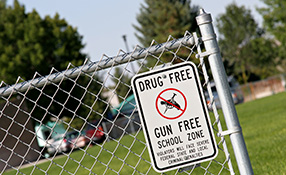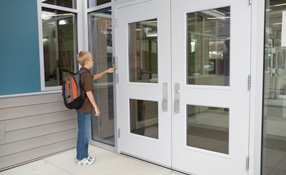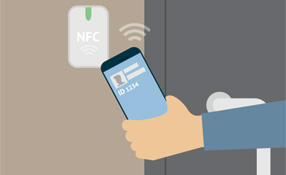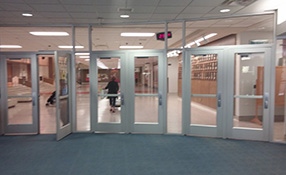Paul Timm

Paul Timm
Vice President, Facility Engineering Associates, P.C.Paul Timm, Vice President of Facility Engineering Associates and President of RETA Security, is a board-certified Physical Security Professional (PSP), the author of School Security: How to Build and Strengthen a School Safety Program, and a nationally acclaimed expert in school security. In addition to conducting numerous vulnerability assessments and his frequent keynote addresses, Paul is an experienced School Crisis Assistance Team volunteer through the National Organization for Victims Assistance (NOVA). He is a member of ASIS International’s School Safety & Security Council and the Illinois Association of School Business Officials’ Risk Management Committee.
News mentions
Security isn’t easy for schools and universities. As education institutions increasingly become vulnerable targets for threats and attacks, they face the security challenges of maintaining a wel...
ASIS International, the world's largest association for security management professionals, today unveiled the workplace violence focused education sessions that will be featured during its 63rd ASIS I...
The ASIS event will bring together local businesses, schools, hospitals & community leaders to discuss security preparedness ASIS International (ASIS), the world’s largest...
Timm typically walks through school buildings to assess vulnerabilities, and recommends systems and products As an independent school security consultant, Paul Timm of RETA Security...
Integrators must understand that the K-12 market has a unique and urgent need for access control, but with limited budgets Systems integrators play a key role delivering effective s...
Readily available security technology can help officials take control of their campuses Two top priorities for school security are the ability to communicate within a facility, and...
School administrators are now choosing products that make the biggest, long-term impact on campus security Well-publicised events such as the U.S. school shootings at Columbine and...
It’s important for everyone in a high school to wear an ID Handwritten check in and check out books fail to alert the security risks posed by individuals on school campuses. I...
NFC can strengthen security by turning smart phones into physical and logical access control credentials The trouble with access control cards is that people lose them, lend the...
The secure inner doors of the vestibule at the front entrance of Park and River Forest High School Most school visitors have legitimate reasons for coming to school. A frightening f...



































